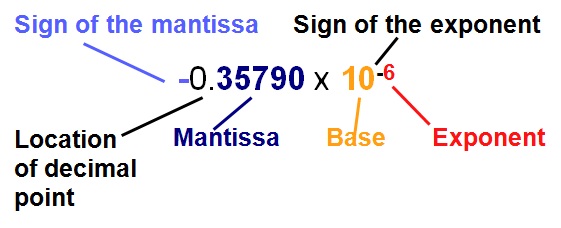As it says in the documents,
Double.MIN_VALUE is a constant holding the smallest POSITIVE nonzero value of type double, 2^(-1074).
The trick here is we are talking about a floating point number representation. The double data type is a double-precision 64-bit IEEE 754 floating point. Floating points represent numbers from 1,000,000,000,000 to 0.0000000000000001 with ease, and while maximizing precision (the number of digits) at both ends of the scale. (For more refer this)
The mantissa, always a positive number, holds the significant digits of the floating-point number. The exponent indicates the positive or negative power of the radix that the mantissa and sign should be multiplied by. The four components are combined as follows to get the floating-point value.
![enter image description here]()
Think that the MIN_VALUE is the minimum value that the mantissa can represent. As the minimum values of a floating point representation is the minimum magnitude that can be represented using that. (Could have used a better name to avoid this confusion though)
123 > 10 > 1 > 0.12 > 0.012 > 0.0000123 > 0.000000001 > 0.0000000000000001
Below is just FYI.
Double-precision floating-point can represent 2,098 powers of two, from 2^-1074 through 2^1023. Denormalized powers of two are those from 2^-1074 through 2^-1023; normalized powers of two are those from 2^-1022 through 2^1023. Refer this and this.


writeByteswhich takes aString. – Spinneret